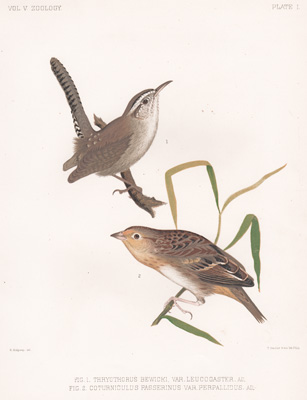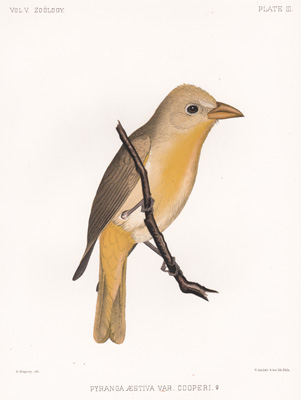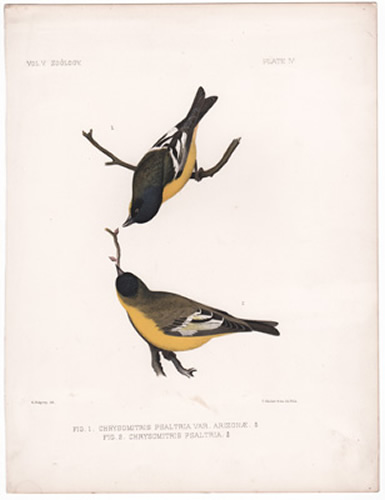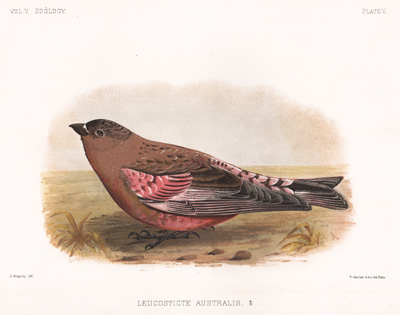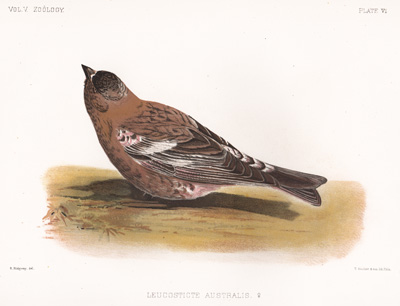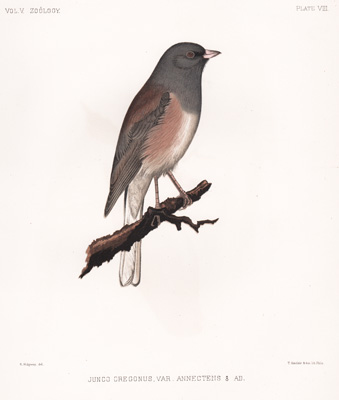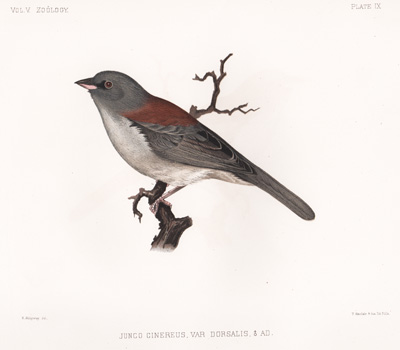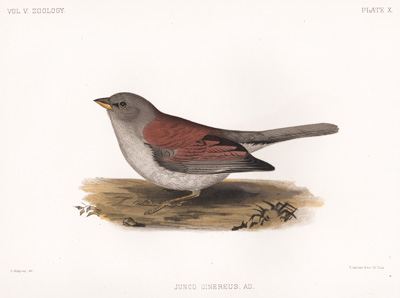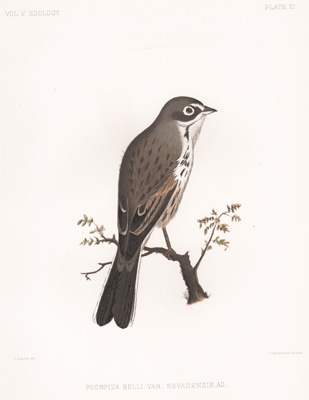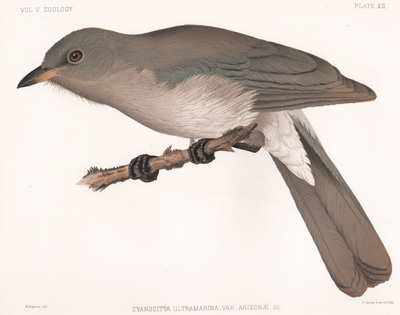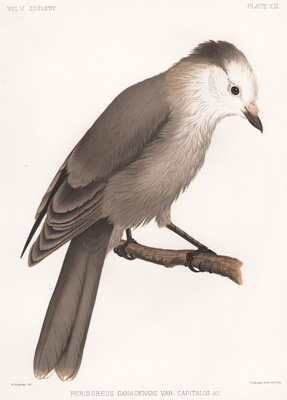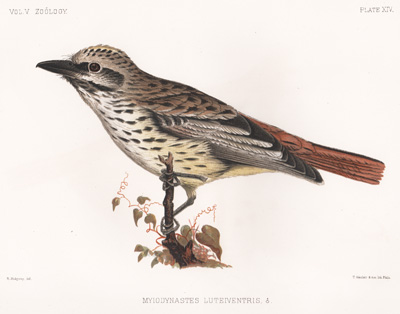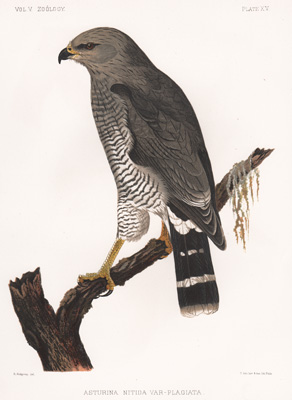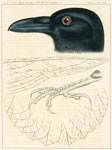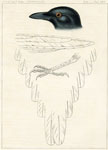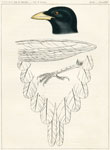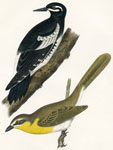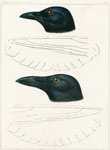Report upon The Ornithological Collections made in portions of Nevada, Utah, California, Colorado, New Mexico, and Arizona, (also known as Birds of the Wheeler Survey) Scope and ContentThe geographical surveys west of the 100th meridian of the United States operated under a general plan issued by the Chief of Engineers of the U.S. Army Corps of Engineers and were under the supervision of First Lieutenant (later Captain) George M. Wheeler. The first expedition took place in 1869; the last in 1879. According to the general plan, Wheeler's main objective was to survey the parts of the U.S. territory lying south of the Central Pacific Railroad in order to obtain correct topographical knowledge and prepare maps of the region. In addition he was to ascertain everything related to the physical features of the region; discover the numbers, habits, and disposition of Indians in the section; select sites for future military installations; determine facilities available for making rail or common roads; and note mineral resources, climate, geology, vegetation, water sources, and agricultural potential. USPRR Plates: In the 1850s the United States Army conducted extensive surveys to ascertain the best route for a railroad from the Mississippi River to the Pacific Coast. The final reports consist of 13 quarto volumes with hundreds of full page lithographs and numerous maps. The itineraries of the field parties, together with the illustrations, gave Americans their first comprehensive descriptions of the West. Spencer Fullerton Baird, Assistant Secretary of the Smithsonian Institution, arranged for naturalists to accompany the field parties. A wealth of biological material was obtained and the greater portion of the reports is devoted to descriptions of the plants and animals (mainly vertebrates) found in this vast region. Below are some of the birds. |
|||
|---|---|---|---|
Coturniculus Passerinus |
|
|
|
Chrysomitris Psaltria (female) |
|
|
|
Zonotrichia Leucophrys, var. Intermedia, Ad. |
(very faint image transference from opposing plate) |
(very faint image transference from opposing plate) |
|
(very faint image transference from opposing plate) |
|
$85 |
|
|
|
(minor foxing at top edge of paper)
|
|
The plates below are from Reports of Explorations and Surveys, To Ascertain the Most Practicable and Economical Route for a Railroad from the Mississippi River To The Pacific Ocean [known more commonly as the U.S.P.R.R.] published by the U.S. Government circa 1859 Click here for more information about the USPRR Original 150-plus-year-old color lithographs |
|||
|
|
 |
|
|
|
|
|
no title |
Corvus Floridanus Corvus Ossifragus |
Quiscalus Macrourus note: damp staining around edges |
|
| Antique and Vintage Bird prints home | |||

